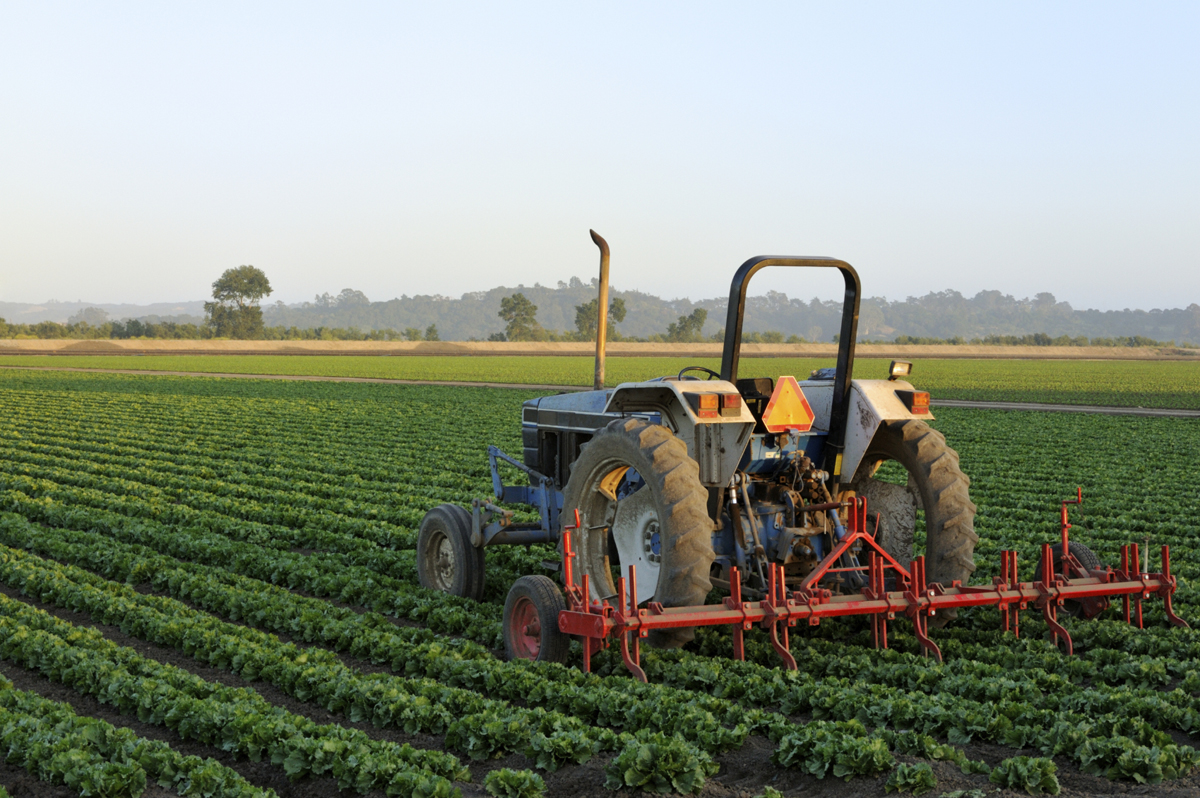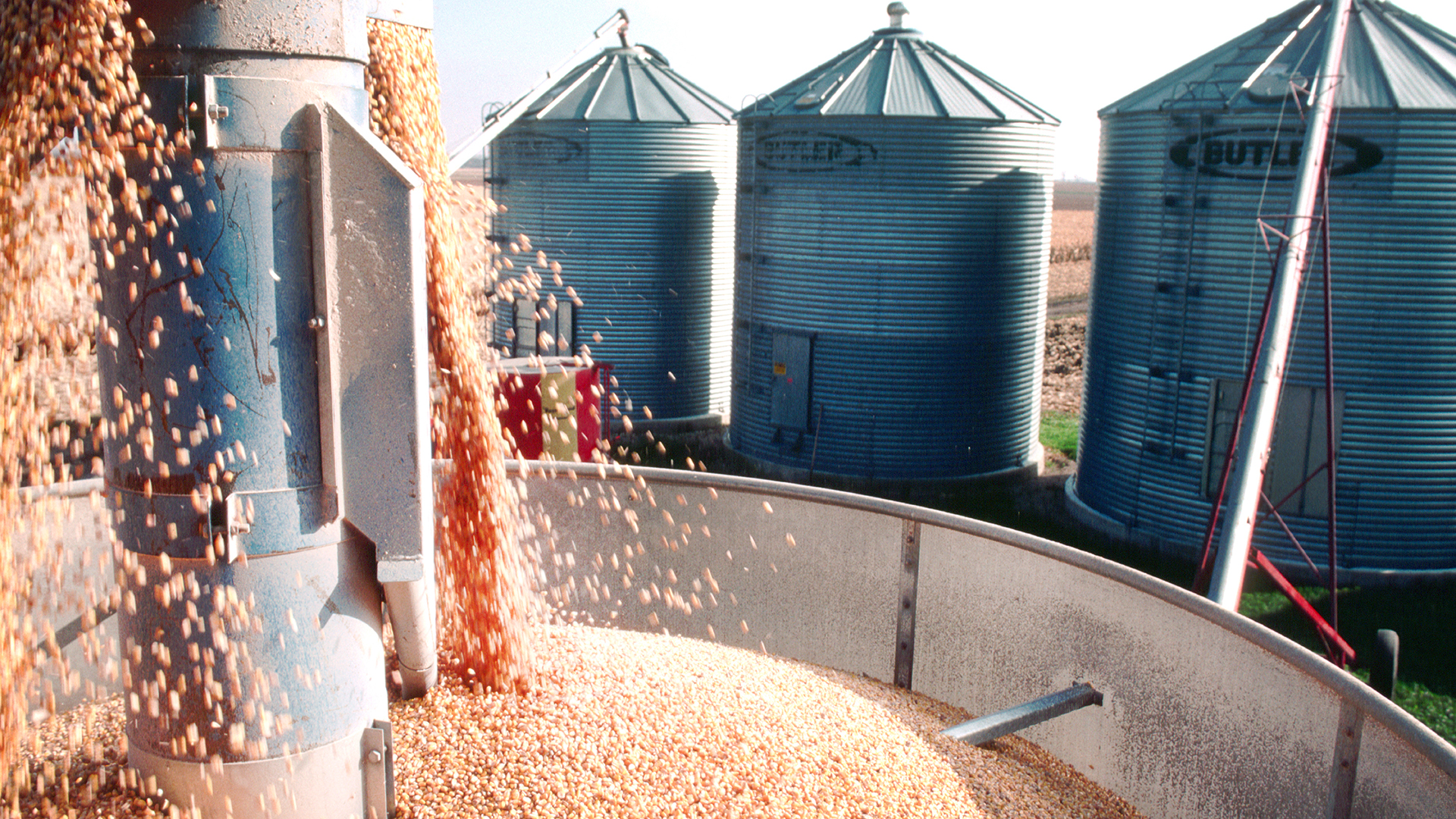Digging In: Pesticide and Chemical Safety
By Alliant Specialty
Pesticide exposure causes farm workers to suffer more chemically-related injuries and illnesses than any other occupational group in the nation. Bruce Droz, Alliant Agribusiness, sits down with Max Macias, Alliant Safety and Risk Control, to discuss the importance of a solid pesticide and chemical safety program.
Intro (00:01):
You're listening to Digging In, where we dig into the insurance topics, trends and news surrounding all things agribusiness. Here's your host, Bruce Droz.
Bruce Droz (00:18):
Hi, this is Bruce Droz of Alliant Agribusiness and welcome to another episode of Digging In with Alliant. Today, our special guest is Max Macias, Alliant Safety and Risk Control Specialist, and today we're going to be touching on ag chemical, pesticide, fertilizer safety issues. Hello, Max.
Max Macias (00:37):
Hi, Bruce. Good to be here with you.
Bruce Droz (00:38):
Nice to talk with you. Well, we all know those of us involved in agribusiness are keenly aware of the importance of ag chemicals as a tool to produce the amounts and quality of food and fiber that agriculture produces. It's super important that those that are handling pesticides and other ag chemicals do so safely and that all employers live within the regulations that are significant and are there to protect the workers in the field. Max, what are you seeing out in the field, in terms of what clients are doing with their employees to prevent pesticide and ag chemical exposure?
Max Macias (01:17):
What we're seeing with clients, Bruce, is that they have a good educational program when it comes to safety training of chemicals, not only in terms of application, but also pesticide mixing, loading of equipment. But we also have another exposure that sometimes is overlooked and that's the general staff, meaning during the pruning season, during the harvesting season, where employees aren't involved in the actual mixing, loading or applying the pesticides, but they're around the residue that may be in the soil or on the plants. So, we also are seeing employers, be it that they have their internal program or will, come out and also do training for general field worker safety, keeping every employee as safe as possible in and around chemicals.
Bruce Droz (02:05):
And talk briefly about the importance of documenting that training for regulatory purposes.
Max Macias (02:12):
Oh, absolutely, not only from a state requirement, but your local Ag Commissioner will often come in and look at what types of training you're doing with general staff. As I mentioned, the general fuel worker, otherwise known as the worker protection standard, some folks may know that as an older term, but the general worker safety, as well as any applicator safety training that's going on annually and that includes going over labels, going over what are the specific hazards on those specific chemicals that the particular operators is handling. So, the county definitely comes in on an annual basis to make sure that employers are providing these training programs for their staff members.
Bruce Droz (02:53):
Well, sometimes, even though all precautions are taken, and all training is done, accidents still do happen from an employer standpoint. If an employee is unfortunately exposed to ag chemicals, what are the steps that they must take to treat that employee?
Max Macias (03:10):
Well, if we take specifics and I can give you a couple of examples of accidents or incidents that we've seen, typically an employee will be maybe mixing chemicals, something happens with one of the lines, it loosens, and an employee then is sprayed in the face. That's a typical one that we've seen many times. They'll have their equipment, personal protective equipment, they're wearing it appropriately, unfortunately, there are times that employees will, for whatever reason, take it off just for a few seconds, and that's all it takes at times. So, what the employer then has to have is a good accident response plan to that specific situation there. So, typically having someone on hand that can administer some type of first aid and typically, the first aid steps that would be taken, would be taken off either the label or the safety data sheet, in terms of what the employees should do to minimize exposure. It might be rinsing off with water, it might be the dousing or the removing clothing to keep the chemical effect off them as quickly as possible.
Bruce Droz (04:13):
That makes total sense, and having that MSDS, that material safety data sheet information handy and available can be crucial at that time in those moments.
Max Macias (04:22):
Absolutely, Bruce, and can I just mention, I want to reiterate, you mentioned material safety data sheets and yes, they were known as material safety data sheets up to about 2016 and, of course, now we've gone to what's called the SDS program. So now with the global harmonic system and the SDSs, the material safety data sheets have been replaced with just simply safety data sheets that are more globally known. But again, all the areas, including proper storage, proper handling, personal protective equipment and what are the safety precautions to be taken, as well as any emergency responses to an accidental exposure, not just to staff members, but anyone else, the community, these are all important things that employers and their employees must be aware of, that we have a responsibility not only to protect ourselves, not only to protect our coworkers in the company, but the community at large. We have a very responsible industry that does a very good job, I believe, in making sure that our products are produced in the safest way, and of course the community is protected as well.
Bruce Droz (05:33):
I totally agree with you Max, and that's well said. Max, can you think of any ways of preventing pesticide and ag chemical exposures that people might not know already?
Max Macias (05:44):
There are a few things that have been going on in recent years. Of course, we know that a lot of companies are going more toward a reduction in the amount of chemicals, total poundage and dosage of chemicals that are being applied in the fields, orchard and vineyards. Some are even going toward more of this "organic type" of production as more and more of our society is looking more toward what can we do as an industry to lean ourselves more toward an organic type of production, so that's one way. The other thing is from an engineering standpoint, reducing the amount of chemicals in general, doing more manual weed reduction, for example, or pest reduction. That's also helped us to reduce the exposure on employees. So, those are sort of steps and the types of things that the industry in general and specific companies that we work with have taken to not only reduce the exposure to their staff members, but again, to the community at large.
Bruce Droz (06:40):
Yeah. That's a great point, that trend towards smaller amounts of more concentrated products has been going on for a while and it's got other benefits as well. Not the least of which, is a smaller environmental footprint in storage and transportation. So, it's really a win-win all the way through. Max, as a final thought, what are your ideas on what a good pesticide safety program would include?
Max Macias (07:04):
Definitely having a good written program, making sure that existing, as well as any new employees that come on recognize that the company has a good preventative program that includes how to use pesticide safely, how to store them safely, what to do in case of an accidental exposure, not only to protect the environment, but especially themselves, coworkers, personal protective equipment is a must. Employers must provide this, and employees must also utilize said equipment when it's needed and then keep the communication open, documenting things that happen at all times and, I believe, then these hazards can in fact be controlled.
Bruce Droz (07:44):
Max, it's always great to talk to you. And I'd like to thank you for sharing your wisdom with us and our listeners today. Again, this is Bruce Droz of Alliant Agribusiness for Digging In with Alliant. For more information, go to www.alliant.com.
Alliant note and disclaimer: This document is designed to provide general information and guidance. Please note that prior to implementation your legal counsel should review all details or policy information. Alliant Insurance Services does not provide legal advice or legal opinions. If a legal opinion is needed, please seek the services of your own legal advisor or ask Alliant Insurance Services for a referral. This document is provided on an “as is” basis without any warranty of any kind. Alliant Insurance Services disclaims any liability for any loss or damage from reliance on this document.
Thanks for your message.
We’ll be in touch shortly
News & Resources




